Java is renowned for its versatility and robustness, making it a preferred choice for many developers. One of the key aspects that enhance Java’s power is its frameworks. In this article, we’ll explore the Top 10 Java Frameworks that every developer should know about. We’ll cover their features, use cases, performance, and more to help you make an informed decision for your projects.
1. Spring Framework

The Spring Framework is one of the most widely used Java framework, providing a comprehensive infrastructure for developing enterprise applications. It supports a range of functionalities, including dependency injection and aspect-oriented programming.
Key Features
- Dependency Injection: Simplifies code management and testing.
- Aspect-Oriented Programming: Allows separation of cross-cutting concerns like logging and security.
- Extensive Ecosystem: Includes Spring Boot, Spring Data, and Spring Security.
- Modular Architecture: Facilitates easy integration of various components.
Use Cases
- Large-Scale Enterprise Applications: Suitable for complex business solutions.
- Microservices: Ideal for developing distributed systems.
- RESTful APIs: Excellent for creating robust web services.
- Batch Processing: Effective for handling large volumes of data.
Performance
- High Performance: Offers efficient execution with minimal overhead.
- Scalable Architecture: Supports scalability for large applications.
- Optimized for Modern Environments: Integrates well with cloud and container technologies.
- Extensive Caching: Improves performance through advanced caching strategies.
Community
- Large Community: Provides extensive support and resources.
- Active Development: Regular updates and improvements.
- Rich Ecosystem: Abundant libraries and tools available.
- Strong Documentation: Comprehensive guides and tutorials.
- Learn more about Spring Framework.
2. Hibernate
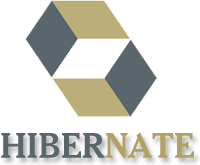
Hibernate is a powerful Object-Relational Mapping (ORM) Java framework that facilitates data persistence. It maps Java objects to database tables, simplifying database interactions.
Key Features
- Data Persistence: Manages data through objects rather than SQL queries.
- Hibernate Query Language (HQL): Provides a rich query language for database operations.
- Caching: Enhances performance by reducing database access.
- Automatic Schema Generation: Generates database schemas from Java classes.
Use Cases
- Complex Data Models: Suitable for applications with intricate data relationships.
- Database-Driven Applications: Ideal for applications with significant data handling.
- Enterprise Applications: Effective for large-scale data management.
- Data Migration: Facilitates easy data migration between systems.
Performance
- Efficient Data Handling: Optimizes database interactions through caching.
- Lazy Loading: Reduces unnecessary data loading.
- Batch Processing: Enhances performance for bulk operations.
- Advanced Query Optimization: Provides tools for efficient querying.
Community
- Established Community: Well-supported with numerous resources.
- Active Forums: Engaged community for troubleshooting and advice.
- Extensive Documentation: Detailed guides and references.
- Integration Support: Works well with various other technologies.
- Explore Hibernate.
3. JavaServer Faces (JSF)
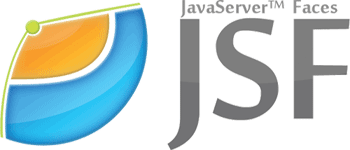
JavaServer Faces (JSF) is a component-based MVC Java framework for building user interfaces in Java web applications. It simplifies the development of complex UI components.
Key Features
- Component-Based UI: Facilitates reusable UI components.
- Managed Beans: Simplifies data handling and interaction.
- Event Handling: Provides mechanisms for user input handling.
Use Cases
- Complex UIs: Suitable for applications requiring sophisticated user interfaces.
- Enterprise Web Applications: Ideal for large-scale web solutions.
- Rich Client Applications: Builds feature-rich client interfaces.
Performance
- Component Reusability: Enhances performance by reusing UI components.
- Event-Driven: Efficiently handles user interactions and events.
- Scalable: Handles large-scale applications effectively.
Community
- Moderate Support: Active community with useful resources.
- Stable: Well-established with a stable set of features.
- Educational Resources: Tutorials and guides available.
- Read more about JSF.
4. Struts

Struts is a classic MVC Java framework that organizes web applications into a clean separation of concerns. It’s known for its action-based approach.
Key Features
- Action-Based Framework: Manages requests through actions.
- Form Handling: Simplifies form processing.
- Tag Libraries: Enhances JSP capabilities with custom tags.
Use Cases
- Structured Web Applications: Best for applications needing a clear MVC architecture.
- Legacy Systems: Suitable for maintaining and enhancing existing Struts-based applications.
- Form-Heavy Applications: Ideal for applications with extensive form handling.
Performance
- Reliable: Consistent performance for structured applications.
- Optimized Handling: Efficient form and request processing.
- Scalable: Handles medium to large-scale applications.
Community
- Established: Long-standing framework with a well-established community.
- Supportive: Resources and forums available for troubleshooting.
- Documentation: Adequate documentation and guides.
- Learn more about Struts.
5. Grails

Grails is a web Groovy-based application Java framework that leverages the power of Groovy and the Spring framework. It’s known for its rapid development capabilities.
Key Features
- Convention over Configuration: Speeds up development with sensible defaults.
- Integrated ORM: Simplifies data management with GORM.
- Rapid Development: Facilitates quick prototyping.
Use Cases
- Rapid Prototyping: Ideal for quickly building and testing applications.
- Groovy-Based Projects: Perfect for projects using Groovy.
- Startup Projects: Suitable for startups needing fast development cycles.
Performance
- Fast Development: Accelerates development with minimal configuration.
- Efficient Data Management: GORM optimizes data handling.
- Scalable: Supports scaling as projects grow.
Community
- Growing: Active and expanding community.
- Comprehensive Resources: Access to extensive guides and tutorials.
- Supportive: Strong support for new developers.
- Discover Grails.
6. Play Framework
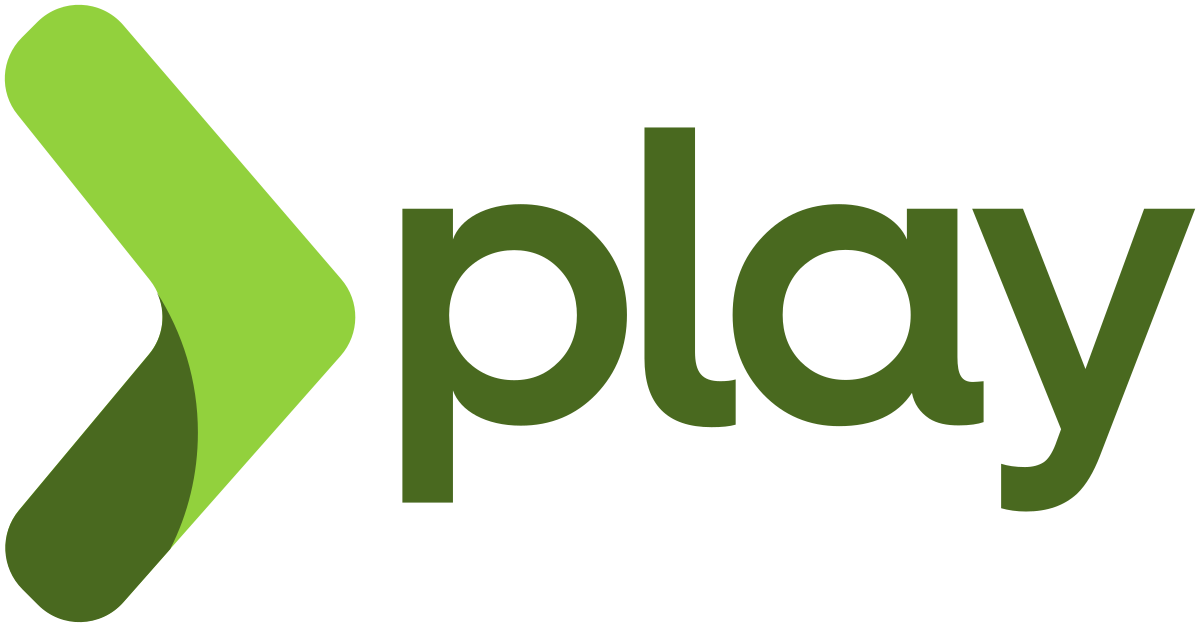
Play Framework is a reactive web Java framework which is designed Scala as well. It emphasizes scalability and asynchronous processing.
Key Features
- Asynchronous Processing: Handles multiple requests concurrently.
- RESTful Architecture: Simplifies building RESTful web services.
- Built-In Testing: Includes tools for comprehensive testing.
Use Cases
- Scalable Applications: Great for building applications requiring high concurrency.
- .Microservices: Ideal for microservices architecture,
- RESTful Services: Perfect for creating RESTful APIs.
Performance
- High Concurrency: Manages multiple simultaneous requests efficiently.
- Fast Response Times: Optimized for quick response and processing.
- Scalable: Easily scales with application growth.
Community
- Active: Vibrant community with frequent updates.
- Robust Support: Comprehensive support and resources.
- Innovative: Leading-edge development with modern tools.
- Check out Play Framework.
7. Vaadin

Vaadin is a Java framework for building modern, business-oriented web applications using Java. It emphasizes creating seamless and interactive user experiences with its comprehensive set of UI components.
Key Features
- Rich UI Components: Provides a wide range of UI elements.
- Server-Side Programming: Simplifies UI management with server-side logic.
Use Cases
- Enterprise Applications: Best for complex business applications.
- Rich User Interfaces: Ideal for applications with sophisticated UI requirements.
- Interactive Dashboards: Suitable for building interactive dashboards and reports.
Performance
- Good Performance: Optimized for smooth UI performance.
- Efficient Server-Side Handling: Manages server-side logic efficiently.
- Scalable: Handles large and complex applications effectively.
Community
- Strong Support: Backed by a supportive community and commercial support.
- Active Development: Regular updates and new features.
- Documentation: Extensive resources and guides available.
- Learn about Vaadin.
8. JHipster

JHipster is a development platform that combines the power of Spring Boot and Angular or React to create modern web applications and microservices. It automates the setup of development environments and generates code for various components.
Key Features
- Microservices Architecture: Facilitates building microservices.
- Integration with Front-End Frameworks: Supports Angular and React.
- Code Generation: Speeds up application development.
Use Cases
- Full-Stack Development: Ideal for full-stack Java applications.
- Microservices: Great for building and managing microservices.
- Startup Projects: Perfect for quickly launching new projects.
Performance
- High Performance: Designed for scalable and high-performance applications.
- Efficient Code Generation: Speeds up development with reduced manual coding.
- Scalability: Supports scaling as applications grow.
Community
- Active: Vibrant and active community with frequent updates.
- Rich Resources: Access to extensive documentation and tutorials.
- Supportive: Strong support for developers and contributors.
- Explore JHipster.
9. Quarkus
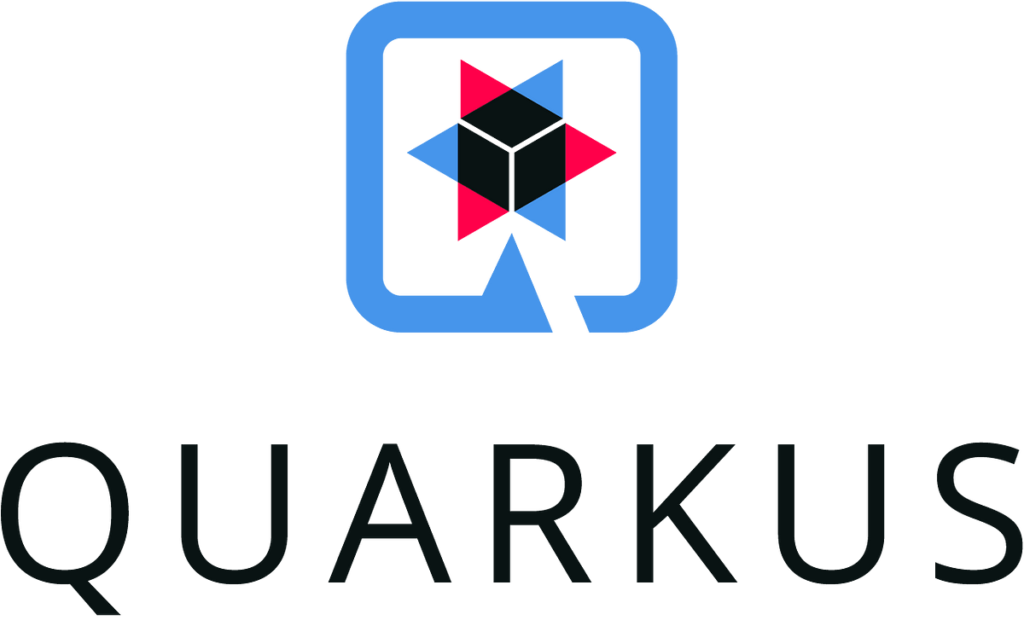
Quarkus is a Kubernetes-native Java framework tailored for GraalVM and OpenJDK HotSpot. It aims to optimize Java for modern, cloud-native applications by offering fast startup times and low memory usage.
Key Features
- Native Compilation: Provides fast startup and low memory footprint.
- Cloud-Native Features: Tailored for cloud and container environments.
Use Cases
- Cloud-Native Applications: Ideal for applications designed for cloud deployment.
- Microservices: Great for microservices with fast startup requirements.
- Server less Architectures: Suitable for serverless applications.
Performance
- Fast Startup: Offers rapid application startup times.
- Low Memory Usage: Optimized for minimal memory consumption.
- Scalable: Handles large-scale applications with ease.
Community
- Growing: Rapidly growing community with increasing adoption.
- Active Development: Regular updates and improvements.
- Supportive: Comprehensive support and resources.
- Check out Quarkus.
10. Micronaut

Micronaut is a modern, JVM-based framework designed for building microservices and serverless applications. It focuses on performance and ease of use, offering features like dependency injection and AOT (Ahead-of-Time) compilation.
Key Features
- Dependency Injection: Simplifies development with AOT (Ahead-of-Time) compilation.
- Modular Architecture: Facilitates building modular applications.
Use Cases
- Microservices: Ideal for microservices and serverless applications.
- Modular Applications: Suitable for projects requiring modular architecture.
- Reactive Applications: Perfect for applications that benefit from reactive programming.
Performance
- High Performance: Designed for fast startup and low memory usage.
- Efficient Compilation: AOT compilation improves performance and reduces runtime overhead.
- Scalable: Supports scaling as applications grow.
Community
- Growing: Active community with increasing contributions.
- Comprehensive Resources: Extensive documentation and tutorials.
- Supportive: Strong support and resources for developers.
- Learn more about Micronaut.
Key Outcomes
Choosing the right Java Framework is crucial for the success of your Java projects. Each of the Top 10 Java Frameworks listed here has its strengths and is suited for different types of applications. Whether you’re building a large enterprise system or a modern web application, understanding these frameworks will help you make an informed choice. Evaluate them based on your project’s specific needs, and you’ll find the perfect fit for your development goals.
Dive deeper into these algorithms, practice with real datasets, and continue expanding your knowledge. Share this guide with others and leave your thoughts or questions in the comments!
- Learn More about Java by Wppine
- Java for Beginners by Wppine

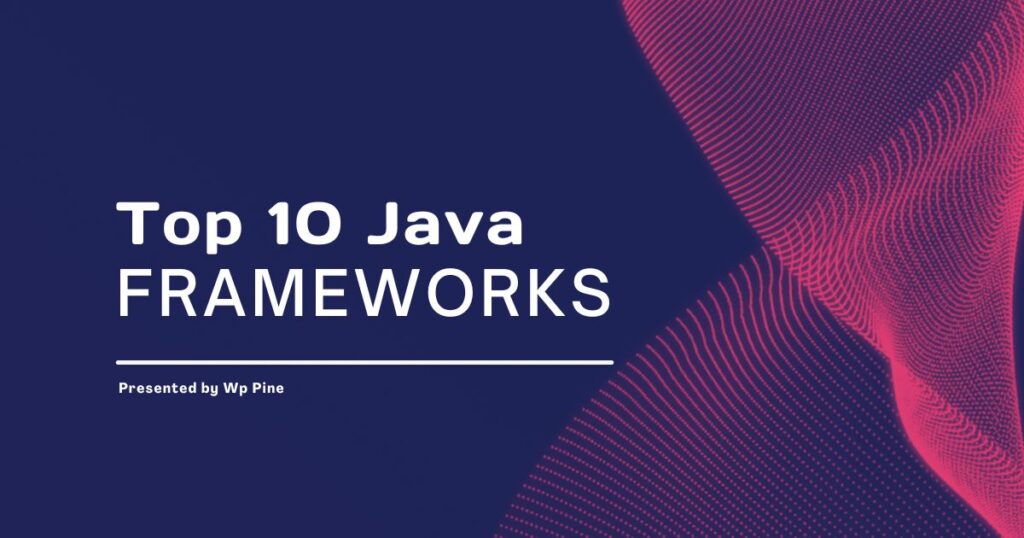

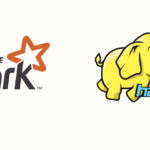
Pingback: Mastering RESTful APIs: Java and Spring Boot in Action - WP Pine